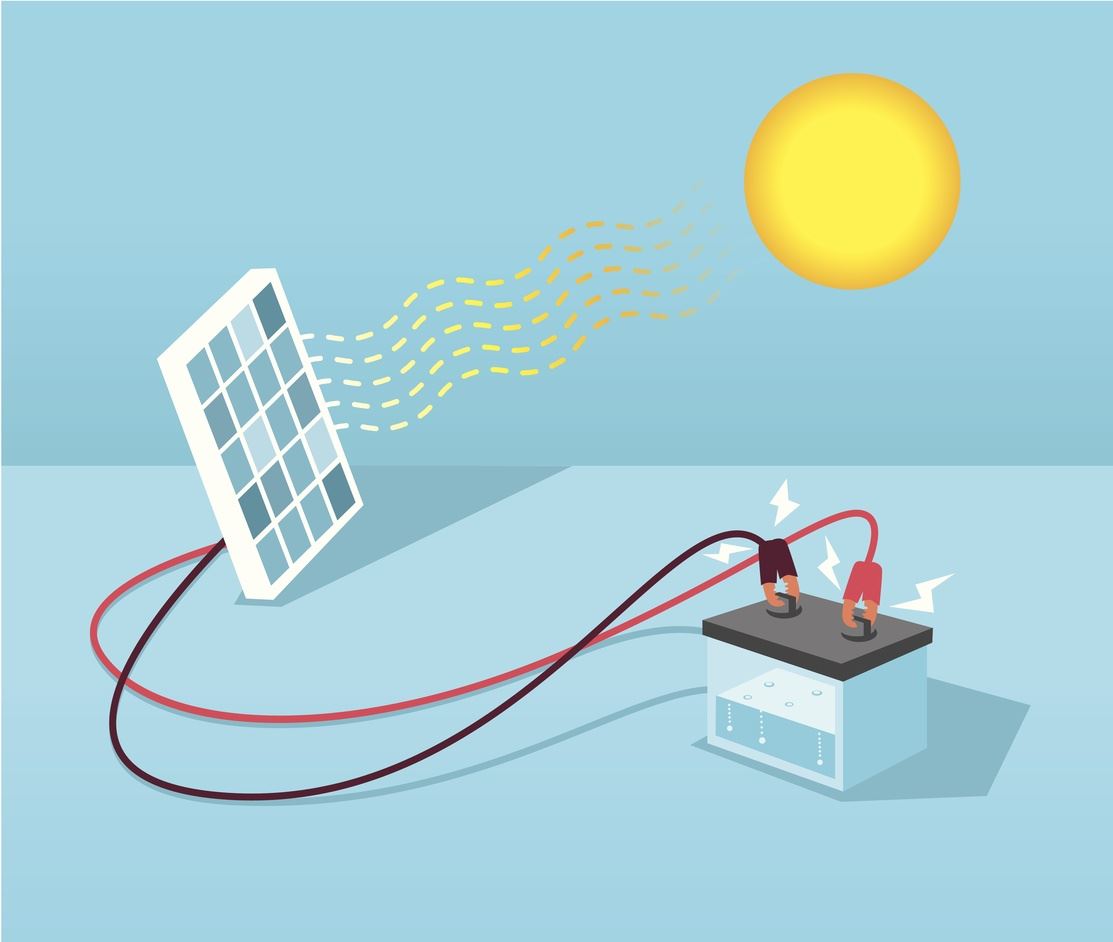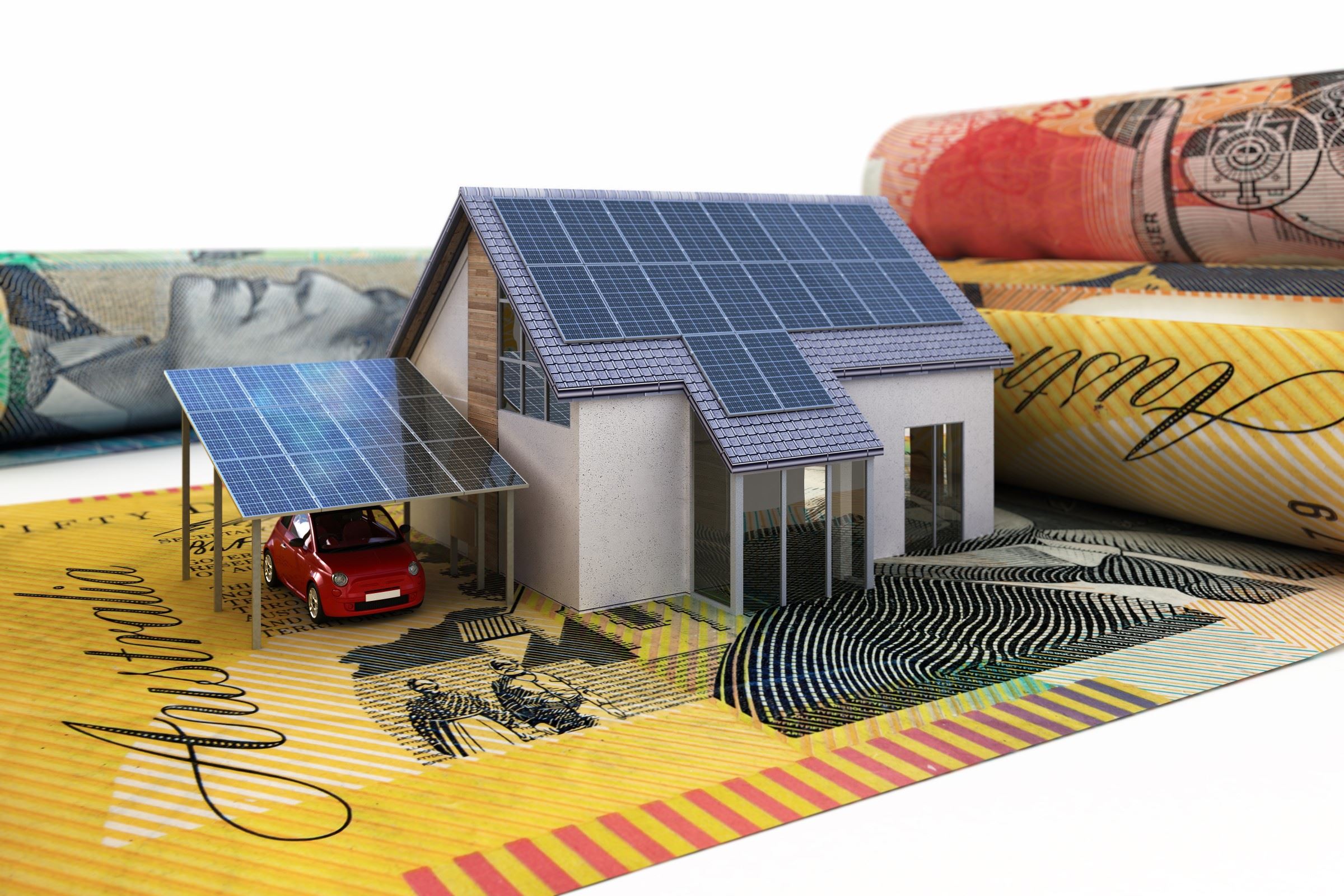
After a recent survey we conducted at Solar Market we found that many homeowners in Australia are holding off from installing a solar system until batteries become more affordable. Most respondents stated it was so they could install a solar system with battery storage all in one go and whilst this might sound like the simplest option it’s not the most cost-effective, due to the savings and benefits they’d be missing out on by not installing a solar system now.
Are Batteries Worth It?
Eventually batteries will become as valuable of an investment as installing a solar system, however the fact is that the price of a battery still outweighs the benefits and return on investment. Due to this it’s understandable that households are holding off from battery storage until they become affordable to the average household.
But this does not mean you should hold off from installing a solar system.
Why Install A Solar System Now
While a solar system without battery will not make you 100% energy independent, it will reduce your power bills significantly and can give you a return on investment within 3-5 years. To better understand how we’ve broken down some of the main benefits and reasons why you should consider installing a solar system now as opposed to when batteries drop in price.

Savings Through Reduced Bills
By installing a solar system, any generated energy by your panels that you use is essentially free. For a household that has a 5-6 kW system this means you could run your household primarily off your own energy and only rely on the grid in the evenings when the sun is not out.
A 5-6 kW system can produce up to 24 kilowatt-hours of electricity a day and depending on your electricity bill, energy use and location this means you could potentially reduce your reliance on the grid and power bills by 70%. For a household with a $500 quarterly power bill they could reduce their bill to $150 with a $350 saving per quarter or $1,400 per year.
If the same household chose not to install a solar system until battery became affordable in the next 3-5 years that’s a potential missed savings of $4,200-$7,000 which would have covered the costs of installing the solar system and accumulated some additional savings to put towards adding a battery.
Federal Government Rebate Lowering Every Year
Currently the Federal Government offers the SRES Rebate which entitles individuals and small businesses large subsidies when installing eligible small-scale renewable energy systems (under 100kW) such as solar PV systems. The value of the rebate you receive is determined by the rate of STC’s, system size, your location in Australia and the year you purchase. Each year the amount you can claim through the SRES Rebate drops in January until 2030 when the Rebate will be eliminated.

Yearly you’d expect around a 6-8% drop in the value of the Rebate. An example of this for a 6 kW system is below:
- 2018 subsidy value for a 6 kW system = $3,857.35
- 2019 subsidy value for a 6 kW system = $3,568.95
That’s a difference of $288.40 for a 6 kW system, however the larger the system, the bigger pricing gap will be.
Waiting for batteries to drop in price before installing a solar system will mean the value of the rebate you claim will be less. By purchasing a solar system that is battery ready (hybrid) now you could claim the SRES rebate at its current rate and then potentially claim the Home Battery Rebate that is said to be rolled out in 2020 if Labor wins the Federal Elections.
You’ll Better Understand Your Energy Habits Before Purchasing Battery
Installing a solar system prior to adding battery storage will help you better understand and manage your energy usage. For a battery to be useful a solar system must be generating excess energy that is not being used by the household during the day. If you were to install a solar system with battery and discovered you had no excess energy being generated, your battery would essentially be useless, unless you increased the size of your solar system. That is why best practice would be to install a battery ready system, also known as a hybrid system and track your energy usage. This way you can better determine whether a battery would be a beneficial investment and if so, what size would be best suited to your system.
Conclusion
To avoid missing out on solar savings a proactive option would be to install a battery ready solar system without a battery and start reducing your electricity bills now. You can then add a battery in the future easily when they become more affordable and have a quicker return on investment.
Learn More About Battery Ready Systems or Start Speaking To Our CEC Accredited Installers Who Can Provide Obligation Free Quotes!









